Over the years, we have used small marine batteries for trolling motors, cold-cranking our outboard motors, and powering onboard electrical systems. Our experience with basic battery chargers has been disappointing, with unexpectedly dead batteries leading to canceled or postponed trips. Recently, we switched to a smart, onboard, marine battery tender and have been very pleased with the reliable performance of our batteries.Batteries for small boats may be used for just a few days and then stored for extended periods, so it is essential to have a system to maintain the batteries’ charge during storage. An ordinary battery charger charges at a high rate—whether the battery needs it or not—which can sometimes damage it. But a smart battery tender assesses the battery charge state and varies its charging modes to provide the proper level of charge. Most chargers are not designed to be used in the wet marine environment, which means charging the battery only when the boat is in dry storage or by removing the battery from the boat to charge it in a dry location. Some chargers are also large, generate excessive heat, and are not suitable to be kept aboard the boat and carried afloat, while well-designed battery tenders are compact and charge at a slower rate and lower temperature. Some chargers have to be disconnected when the battery is fully charged, then reconnected after the charge level drops while a good battery tender can be left connected for extended periods, and extend the life of expensive marine batteries. The tender's indicators provide full status reports on the battery's state of charge.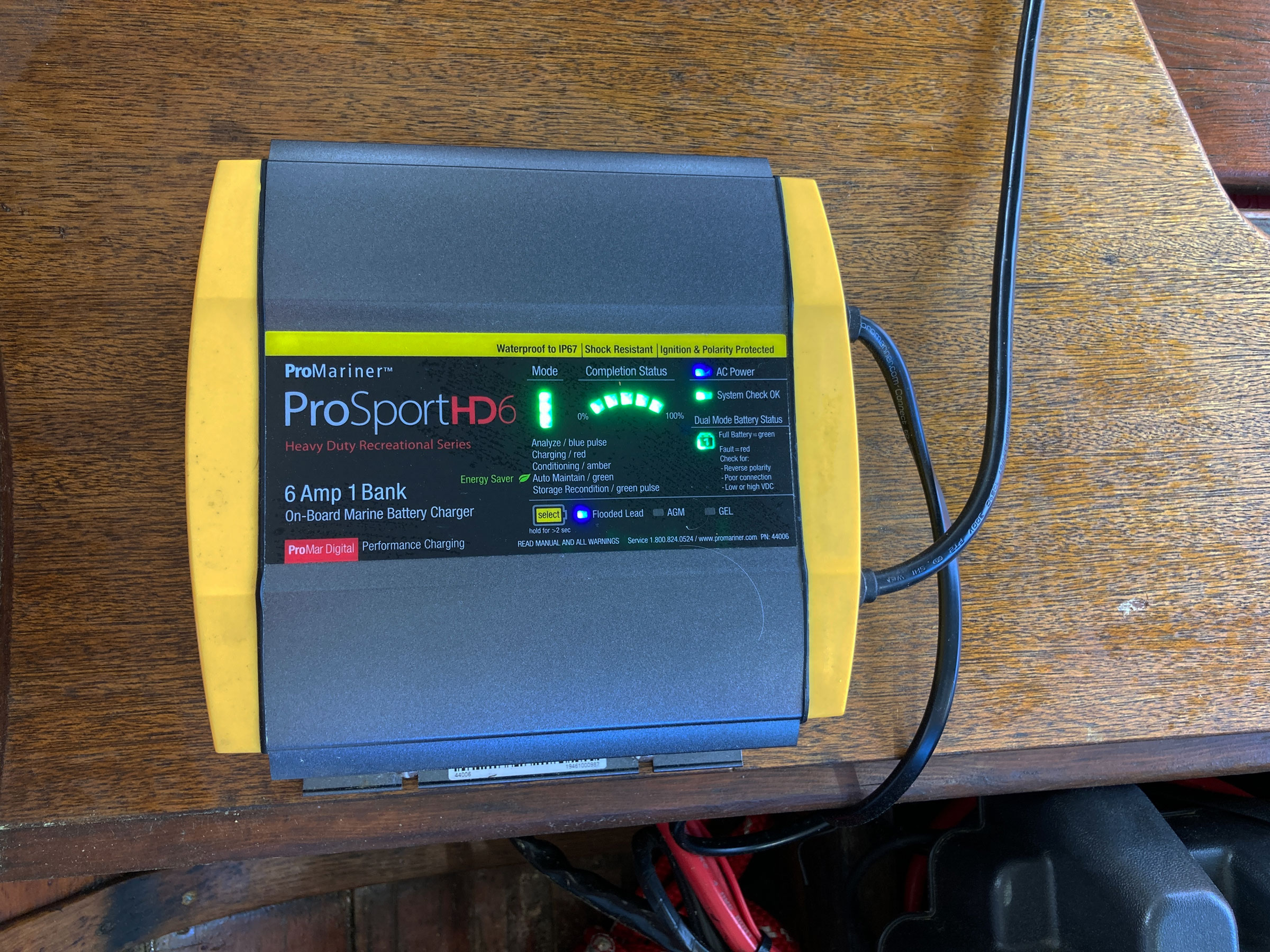 Photographs by the authors
Photographs by the authors
Stay On Course



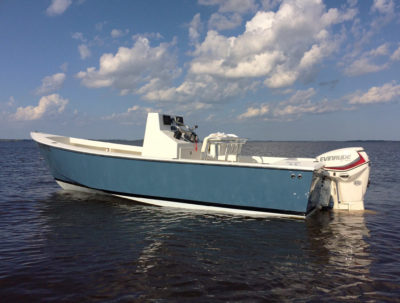


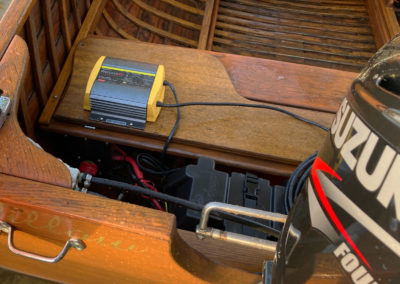
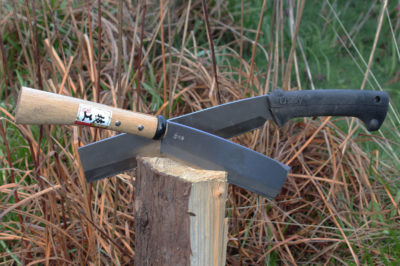
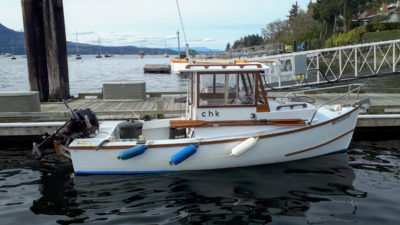



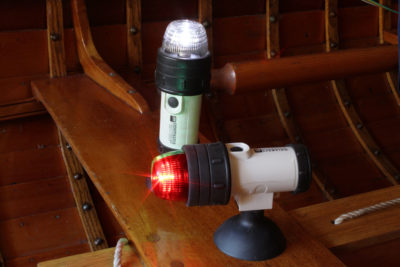
Join The Conversation
We welcome your comments about this article. To include a photo with your remarks, click Choose File below the Comment box.